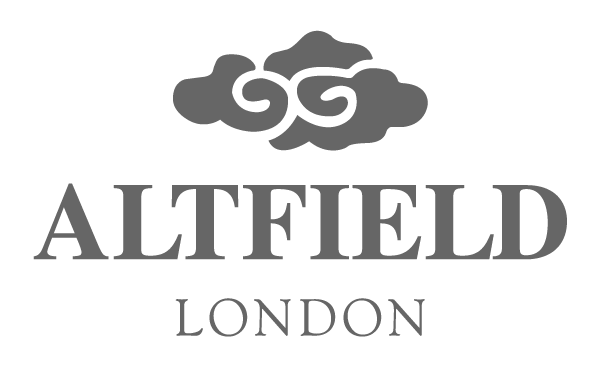LEATHER TYPES
Leather can be categorised into four main types: Aniline, Semi-aniline, Pigmented/Protected, and Nubuck/Suede.
Aniline Leather
Often referred to as Pure Aniline or Full Aniline, this type of leather is the most natural, meaning the hide is dyed in vats with soluble dyes which impregnate the leather, giving it dimension alongside its lush and deep colour (stained glass affect).
As leather is a natural product, the dye will take to each hide differently, even within the same dye lot, offering subtle variation. Little to no protective coatings or surface pigments are applied, allowing the leather to show its natural beauty and texture.
This style of leather tends to only have additional finishes of oil or wax which can allow some hides to have a beautiful pull up effect and patina over time. However, the absence of additional treatments may also render the leather more susceptible to scratching, staining, or fading, which is part of its charm.
Semi-Aniline Leather
Quite often misinterpreted, Semi Aniline does not mean partial.
Produced the same way as full aniline leather is, semi aniline leathers have further treatment applied. This can include a protective coating applied to the top of the hide which usually includes some pigment, to provide a more consistent colour. Due to the pigmented coating, some blemishes will be concealed leaving a more uniform surface texture.
Additional finishes may then be applied to the leather either by hand or by machine (e.g. antiquing or embossing). Finally, a clear protective coating is applied to seal the leather from environmental factors, which can include water or stain repellence.
Aniline Leather
Often referred to as Pure Aniline or Full Aniline, this type of leather is the most natural, meaning the hide is dyed in vats with soluble dyes which impregnate the leather, giving it dimension alongside its lush and deep colour (stained glass affect).
As leather is a natural product, the dye will take to each hide differently, even within the same dye lot, offering subtle variation. Little to no protective coatings or surface pigments are applied, allowing the leather to show its natural beauty and texture.
This style of leather tends to only have additional finishes of oil or wax which can allow some hides to have a beautiful pull up effect and patina over time. However, the absence of additional treatments may also render the leather more susceptible to scratching, staining, or fading, which is part of its charm.
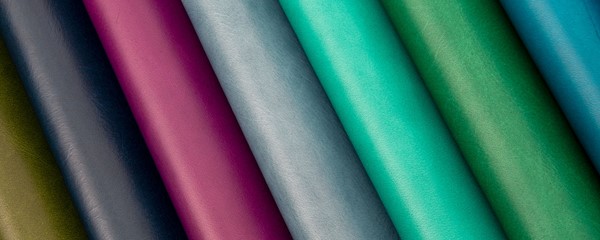
Semi-Aniline Leather
Quite often misinterpreted, Semi Aniline does not mean partial.
Produced the same way as full aniline leather is, semi aniline leathers have further treatment applied. This can include a protective coating applied to the top of the hide which usually includes some pigment, to provide a more consistent colour. Due to the pigmented coating, some blemishes will be concealed leaving a more uniform surface texture.
Additional finishes may then be applied to the leather either by hand or by machine (e.g. antiquing or embossing). Finally, a clear protective coating is applied to seal the leather from environmental factors, which can include water or stain repellence.
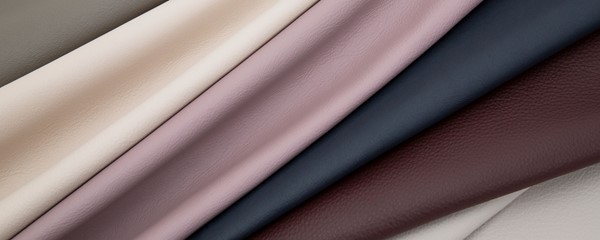
Pigmented/Protected Leather
As above, this quality of leather is dyed but the surface is then coated with a pigmented topcoat. Blemishes and imperfections are removed through buffing or sanding and then may be embossed with an artificial texture.
Pigmented leather is a durable quality with a consistent colour and finish but sometimes at the expense of the leathers natural properties.
Nubuck/Suede
Some aniline leathers are sanded of buffed to create an open nap; the result is called Nubuck. These leathers are the softest kind available and have a beautiful, almost velvety, feel. Yet, they are also the most susceptible to wear or build-up of debris due to the open nap. When this process is applied to a split hide, this creates a suede.
Pigmented/Protected Leather
As above, this quality of leather is dyed but the surface is then coated with a pigmented topcoat. Blemishes and imperfections are removed through buffing or sanding and then may be embossed with an artificial texture.
Pigmented leather is a durable quality with a consistent colour and finish but sometimes at the expense of the leathers natural properties.
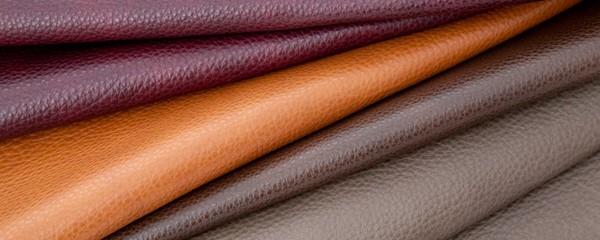
Nubuck/Suede
Some aniline leathers are sanded of buffed to create an open nap; the result is called Nubuck. These leathers are the softest kind available and have a beautiful, almost velvety, feel. Yet, they are also the most susceptible to wear or build-up of debris due to the open nap. When this process is applied to a split hide, this creates a suede.
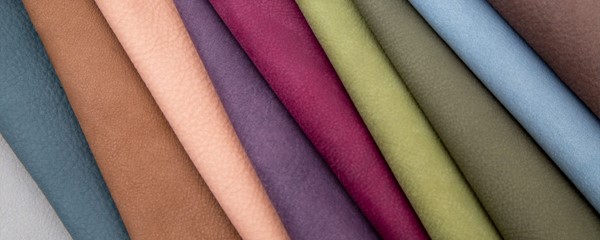
What to Consider
When choosing what leather to use, it really comes down to personal preference.
If authenticity and the beauty of natural leather is your preference, consider choosing full or semi aniline. If durability and consistency of finish are your main concern, protected leathers may be a more appropriate choice.
When selecting hides for a larger surface area, it is important it is to understand what to expect of the type of leather you choose. As the panel cut becomes larger, it can become harder to negotiate around natural features and there can be more wastage. Average wastage per hide is approximately 20-30% depending on yield of cuts.
